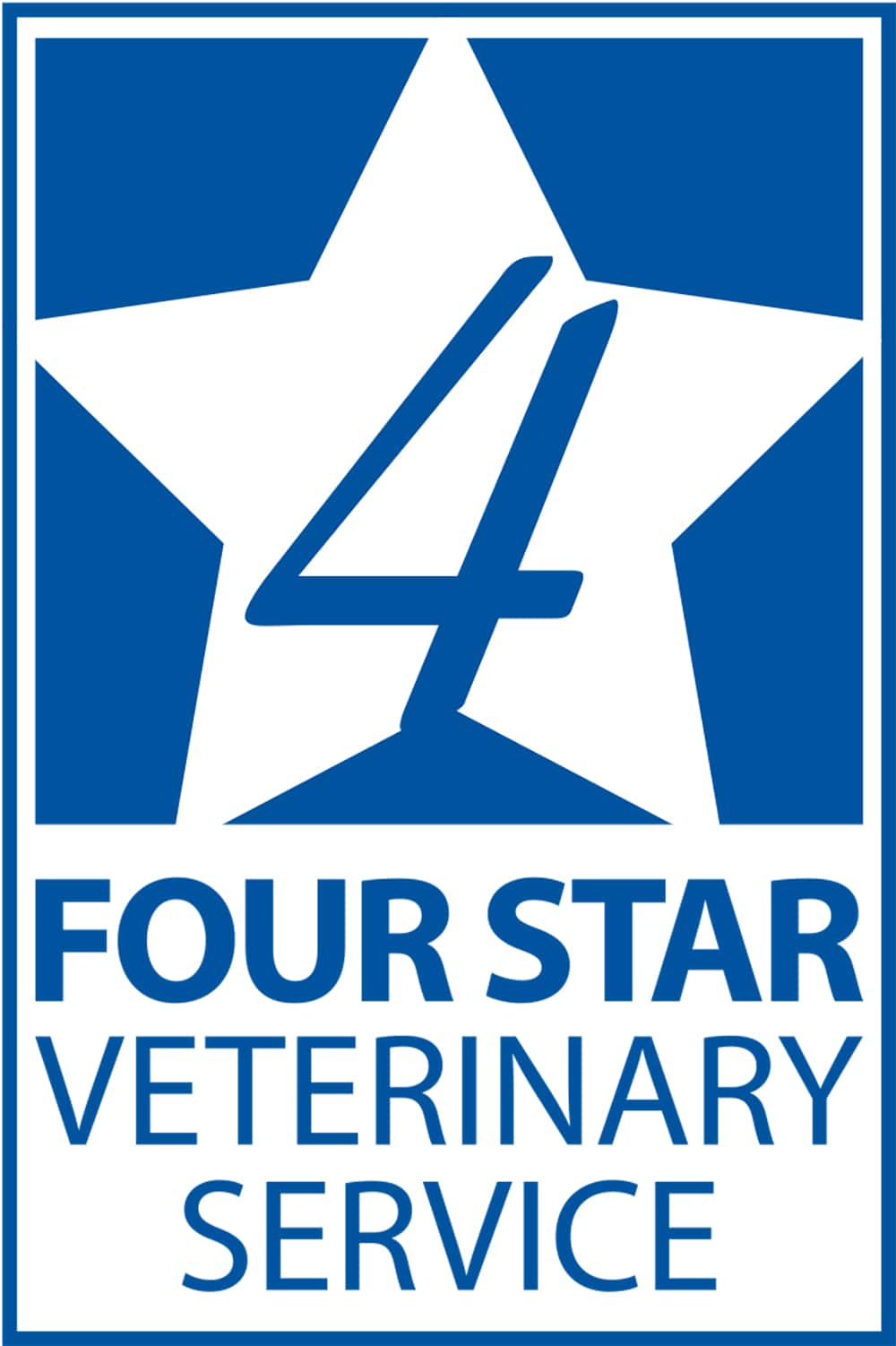
Cold stress can become a drag on growth rates if calves aren’t kept warm and dry even at temperatures as high as 60° F.
“For every 2 degrees below the critical temperature, which is 60° F for calves up to 21 days old, they need 1% more energy just to stay warm,” reported Trey Gellert, DVM, Four Star Veterinary Service. For calves over 21 days, the critical temperature is 42° F.
“I think many producers don’t realize calves can be experiencing cold stress over half the year and probably two-thirds of the year in Ohio and Wisconsin,” he said.
Other factors such as wind chill, drafts, moisture and humidity increase cold stress, and calves will expend even more energy to stay warm.
Gellert offered some strategies to reduce stress on calves.
Increase energy for winter
“The biggest issue I see is not changing the milk-replacer feedings for winter and keeping them the same as summer,” Gellert said. “The amount of energy given to calves from the summer to the winter should increase.”
He recommended increasing the amount of milk replacer and extra feedings during winter.
“We know those calves are experiencing cold stress, and they have to use energy to stay warm,” he added. “The biggest opportunity for feeders is to keep those calves warm with more feed.”
Prior to winter, Gellert suggested gradually increasing feed to help calves improve body condition and build a natural layer of insulation to help them handle cold temperatures.
Maintain good bedding
Calves need clean, dry bedding to stay warm and healthy. Gellert prefers straw bedding over sand or sawdust because calves can huddle into it and keep warm.
“Having good-quality bedding during the winter is an economic benefit because the animal is able to properly regulate body temperature,” he said.
“Generally, the health of the animal will improve if it is not using energy just to stay warm,” he added. “Average daily gain and feed-to-gain ratio will improve. And the more bedding used, the better it is.”
Wet bedding that’s either muddy or contaminated by scours or other disease should be changed to prevent cold stress and illness.
“If they don’t have good bedding and are sitting in mud, that’s a double whammy,” Gellert said. “It pulls all the heat out of those calves.”
Wind, rain protection
The worst conditions for calves are outside in rain and wind. Cold stress quickly sets in, and the energy requirements to stay warm increase.
Gellert suggested using some type of wind break to help the animals stay out of the wind, as well as a shelter to stay dry. The best option is a barn to house the animals.
Calf jackets for newborns and, in some cases, calves up 16 weeks of age can also help them stay warm and dry. Jackets may also be needed for calves housed inside during the winter.
“When it’s 0° F outside, calves are still experiencing cold stress even when in a barn,” he said. “Those low critical temperatures really [adversely] affect them.”
Producers need to pay attention to cold stress in their young animals and take steps to help them stay warm.
“The health of the animal will improve if they are not using energy to stay warm. They will use energy to stay healthy and grow,” he said.
